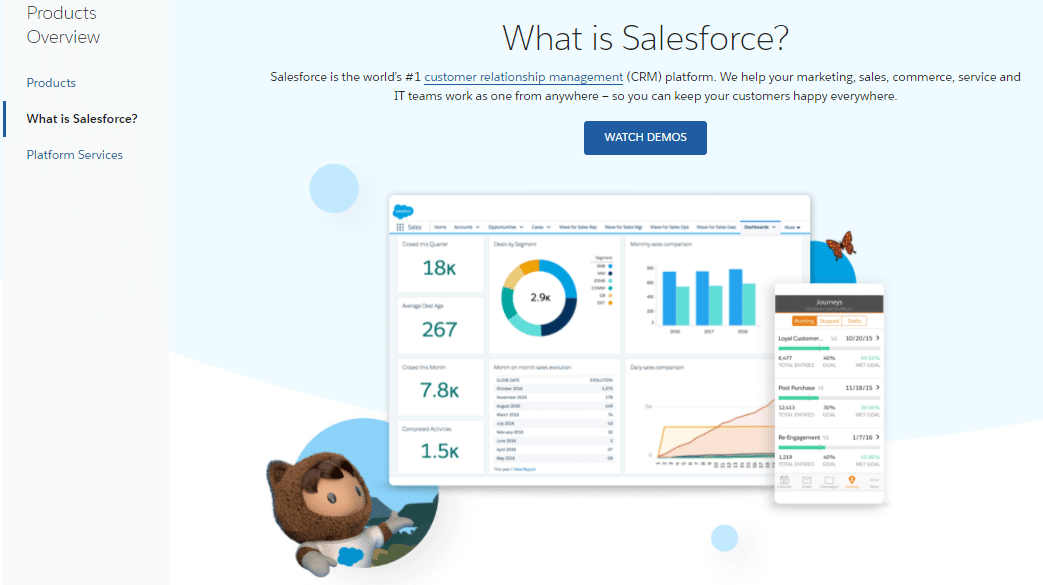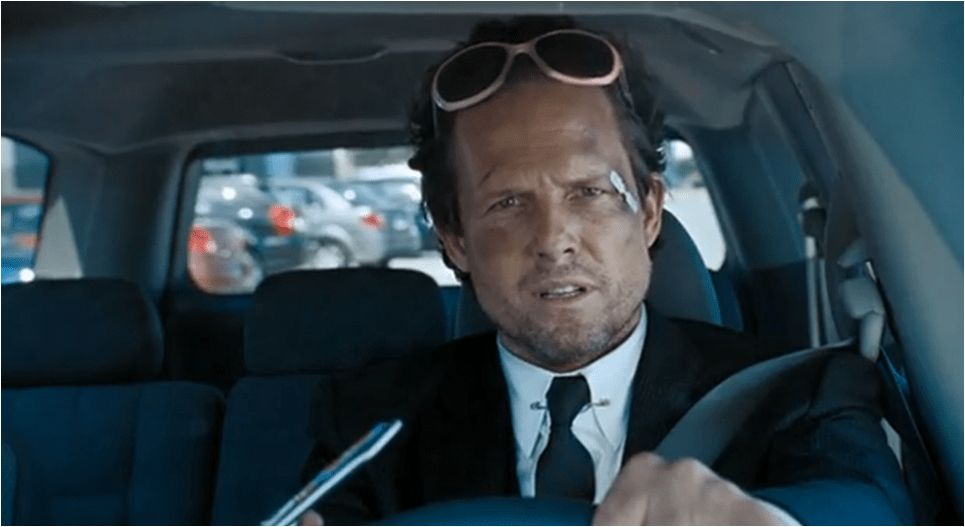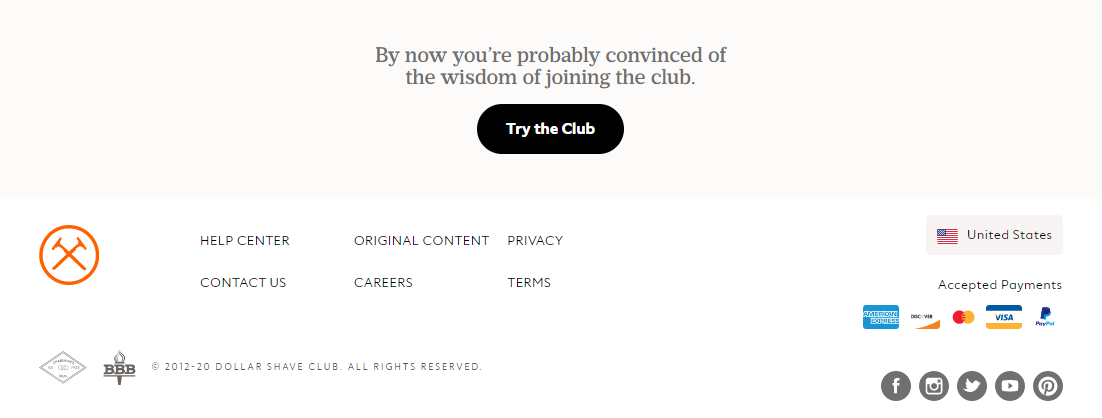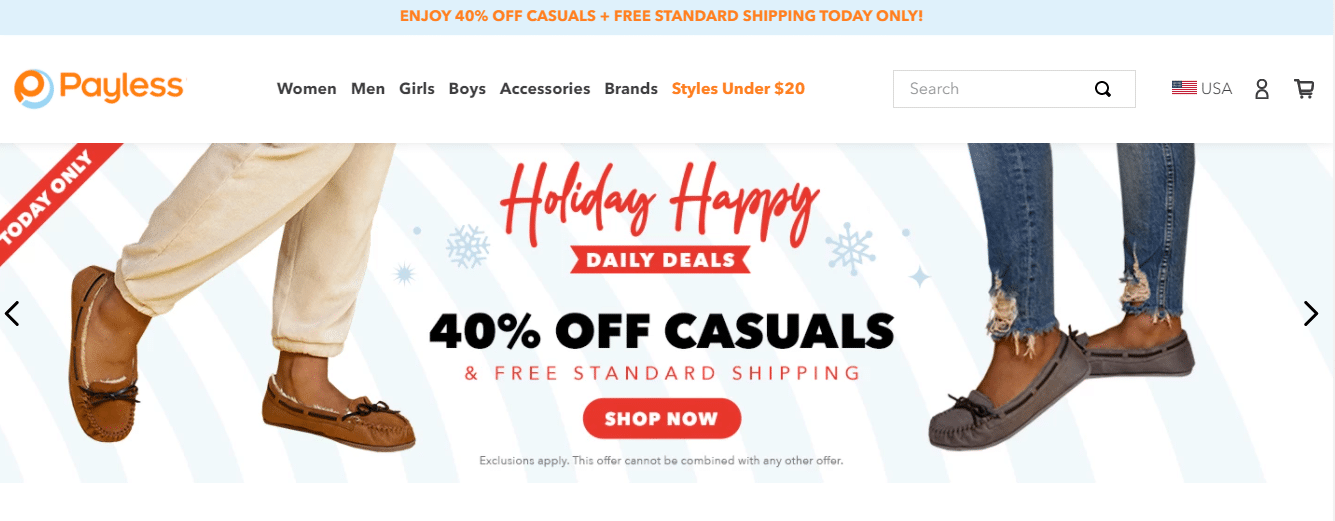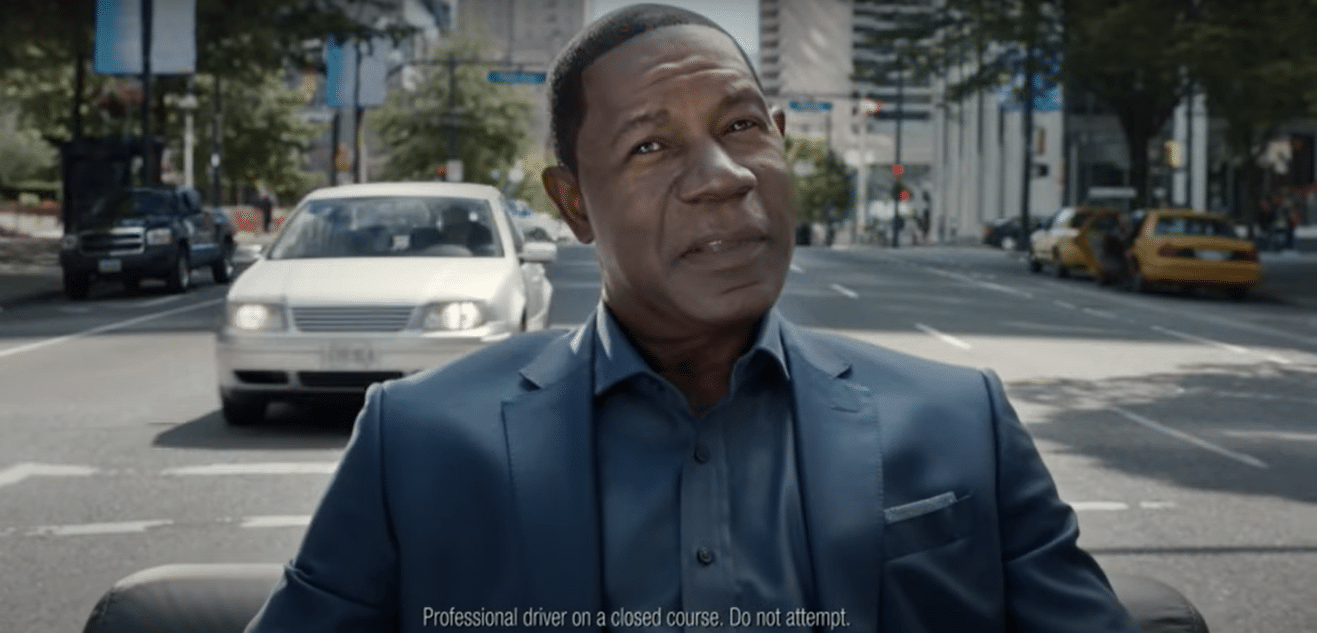You may not be familiar with the idea of a company’s brand having a “voice” and a “tone”. But chances are you’ve encountered it. A company develops a brand so that audiences can identify with and gain awareness of the company and its products.
Why is Your Brand’s Voice and Tone Important?
A brand’s voice is an extension of the company that is utilized in all marketing communications to build consistency. It’s quite literally how the brand “sounds” in marketing materials. It gives a company more personality and helps them stand out from their competitors.
The tone of voice is how a brand’s voice changes depending on the situation. If you join a company’s email newsletter list, the tone of the email you receive will be happy and welcoming. But, if you call that company’s customer service department with a problem, the tone might be serious and reassuring.
Tone of voice is also important for brand consistency in your website’s live chat feature, your email communications, and your social media accounts. If you haven’t already, consider utilizing these tools in your marketing strategy. We’re always here to help if you have any questions along the way.
The Four Dimensions of a Brand’s Tone of Voice
To help frame this tone of voice discussion, we will be factoring in Nielsen Norman Group’s Four Dimensions of Tone of Voice. Nielsen Norman Group’s research cites that, “The tone of any piece of content can be analyzed along 4 dimensions: humor, formality, respectfulness, and enthusiasm.”
To further specify the nuances within these dimensions, we’ll be exploring the polar opposites of each dimension. For example, on the opposite ends of the “humor” dimension, we’ll center the discussion around “funny vs. serious”.
- Humor: Funny vs. Serious
- Formality: Formal vs. Casual
- Respectfulness: Respectful vs. Irreverent
- Enthusiasm: Enthusiastic vs. Matter-of-Fact
Let’s break down these dimensions of tone and explore how some brands use tone strategically.
1) Humor: Funny vs. Serious
Funny
Depending on your brand, the use of humor can be a very powerful tool. Using a “funny” tone of voice often improves retention in helping people remember your brand. We see this play out repeatedly, and very successfully, with Super Bowl commercials.
For example, Wendy’s popular and memorable “Where’s the Beef?” commercial. This ad first aired in 1984, and after almost 40 years (yes, 40) people still know what you’re referencing when you ask this famous question.
As with all tones of voice, there is a right time and place to be funny and it’s up to the individual brand to find what works best for them. If a brand is not careful, being funny in the wrong situation can feel insincere or unprofessional.
Serious
On the other end of the “humor” spectrum, being serious also has its positive attributes. Being serious, for the right brand, can exude expertise or trust. Take a look at Harley Davidson’s website. You will find nothing close to humor or silliness. Everything, from their font choice to their word choice suggests a very serious tone.
For brands like Harley Davidson, a serious tone works well for their audience. This audience needs to trust their products and share similar values in the “timeless pursuit of adventure”. But for the wrong brand, being too serious can feel tense. Especially in a situation that calls for a more lighthearted sentiment.
2) Formality: Formal vs. Casual
Formal
Having a formal tone of voice can sound professional and knowledgeable when used properly. We see this a lot in business to business brands. For instance, Salesforce tends to keep their speech on the professional side to be taken seriously in the eyes of their corporate audience.
But notice that they have plenty of personality and emotion in the illustrations they choose. Their mascot is a cartoon kid in an animal costume. This is because being too formal can make a brand appear to lack personality or emotion. Scroll through their website to see how Salesforce balances formal verbiage while showing personality in their visual elements.
Casual
To play opposite to formal, a casual tone can give way to more personality and make a brand appear more relatable. Allstate Insurance in their “Mayhem” commercials use humor and casual language to illustrate serious subjects.
But Allstate’s brand utilizes more than just humor, as we’ll discuss later on in this blog. Allstate also runs serious commercials without this Mayhem character to get their point across. This way, Allstate diversifies its brand’s tone. Exclusively using casual language could undermine the trust and authority they’re trying to build with their audience.
3) Respectfulness: Respectful vs. Irreverent
Respectful
This tone doesn’t necessarily refer to a brand being respectful of its audience. Rather, a brand with a respectful tone is typically friendly, cordial, and inoffensive to most audiences. Coca-Cola does this well, with their unoffending commercials and imagery. Usually depicting general images of happy people, sipping cold, fizzy soda – Coca-Cola seeks to appeal to the widest audience possible.
But for some brands, this tone can be overdone when audiences feel like the brand is trying too hard in appealing to the largest common denominator. Have you ever been annoyed by a commercial that is using such generalized language that it almost says nothing at all? If so, then you’ve experienced a brand’s respectful tone having an adverse effect.
Irreverent
Similar to “respectful”, this kind of irreverence isn’t directed at the brand’s consumer base. Rather, this tone is usually used to illustrate superiority over the brand’s competitors. Brands take the irreverent tone one step further by using humor to display overconfidence against their competitors – like with Dollar Shave Club. Their customers identify with this kind of humor while also understanding how the positive attributes of Dollar Shave Club outweigh that of the competition.
Their call to action at the bottom of their Get Started page says “By now you’re probably convinced of the wisdom of joining the club. Try the Club.” They use an irreverent tone in outwardly assuming website visitors are “convinced” by Dollar Shave Club’s “wisdom”.
This strategy can work for some brands, but it’s not always the direction a company should go if their goal is to appear more friendly and approachable. An irreverent tone can be a turn off for some audiences. It also has the potential to appear mean-spirited or rude.
4) Enthusiasm: Enthusiastic vs. Matter-of-Fact
Enthusiastic
Much like a respectful or casual tone, an enthusiastic brand can appear friendly and approachable to their audience. More specifically, an enthusiastic brand has much more energy (usually positive) behind their friendly and approachable tone.
A consistent example of this tone is the Payless Shoes brand. With bright colors and bold web design choices, they want customers to feel excited to shop there, and that the brand itself is delighted to have you as their customer.
In this way, Payless Shoes forms its own persona as the consumer’s “best friend who really loves to go shoe shopping with you”. Notice all over the website, the brand wants to give its customers “exclusive” deals and a “sneak peek” at next season’s styles.
Matter-of-Fact
Reminiscent of a serious or formal tone, audiences appreciate the “matter-of-fact” tone. It often delivers a straightforward, honest message – given the appropriate situation and the right industry. A key part of finding your tone of voice is understanding what tone your audience, in your industry, would be most receptive to.
Referring back to the Allstate Insurance commercials without its Mayhem character, this brand uses a matter-of-fact tone to appeal to a more serious audience. In this commercial, a man with a calm, deep voice plainly lays out the benefits of Allstate’s services. No jokes, no action-packed stunts, no cute animals or cartoons. Just a person explaining the benefits of a company’s services.
This commercial, and the entire ad campaign strategy, is the definition of a matter-of-fact tone of voice. Audiences like it because he explains everything clearly and plainly. This gives Allstate an air of trust, honesty, and reliability.
But beware! Just like with a serious tone, being too matter-of-fact can come across as indifferent or even lacking in empathy. That’s why it’s important for the Allstate actor to have a warm, gentle voice. He also looks directly into the camera – as if he’s speaking only to you. That makes it all feel more personal.
Creating Your Brand’s Tone of Voice
As discussed above, developing your brand’s tone of voice means taking several factors into account. As you evolve your brand’s tone of voice, you should also be considering what audience you want to attract – not just the audience you currently have.
It’s okay to want to tweak your brand’s voice over time, especially if you want to break into new audience demographics. But making changes that are too big could cause a disconnect with your current audience. Don’t lose your current audience and customer base while expanding into new markets!
Contact us today to learn how we can help discover your brand’s true voice. Our team can design a website that strikes the perfect chord with the audiences you want to reach.




